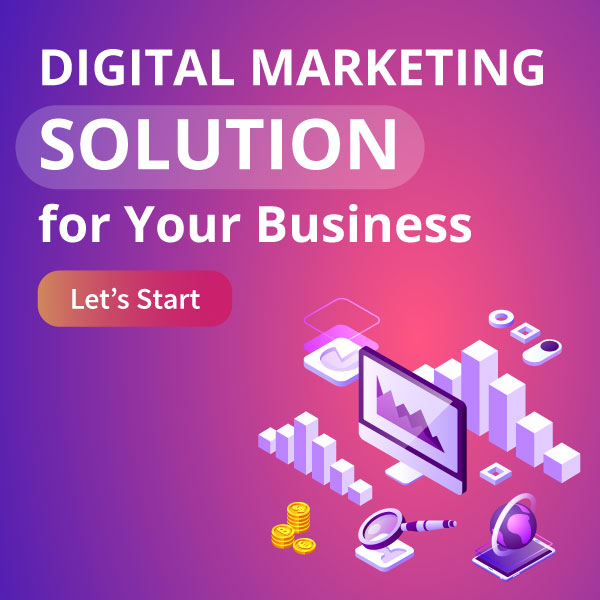Narender Yadav / July 1, 2018

The Internet of Things (IoT) now needs no introduction. IoT is expected to make our homes, cities, and devices smarter and to lead the fourth Industrial Revolution. The dawn of Industry 4.0, a connected and more efficient manufacturing ecosystem, where machines communicate with each other seamlessly is credited to IoT. Intel projects that by 2020, we can expect an ecosystem of 200 billion connected devices. IoT is also expected to contribute an additional $10 to $15 trillion to worldwide GDP growth by 2030 according to GE. And Business Insider reports that the total business spending on IoT solutions will exceed $6 trillion by 2021. The C-suite is also showing its confidence in IoT with 80% of organizations having a more positive view of IoT today than a few years ago.
The Internet of Things is not just driving technological transformation but is also leading a radical business overhaul. It will assist businesses to function with greater efficiency both internally and externally by leveraging the connectivity and more intelligence built into objects, devices, and systems in the IoT ecosystem.
With organizations realizing the huge potential of IoT we are witnessing widespread IoT-driven solutions development. However, IoT solutions development is complex given the number of touchpoints to consider. Here’s a snapshot:
1. Devices
Hardware such as sensors and actuators constitute the basic hardware of the IoT ecosystem. This hardware becomes IoT-ready using MCUs and firmware. With these, the hardware becomes a ‘simple’ connected device, a device that has the capability to generate and transmit data and perform certain actions. MPU’s and OS’s are added to make these devices smart to enable edge analytics, local computing, and the capability to make time-sensitive decisions. We have to bear in mind that these devices are not made with security in mind. Hence, identify and access management, firmware attestation, and device protection become important points of consideration here. There is a substantial software component to these devices.
2. Communication channels
The devices used in IoT solutions get a voice that helps them communicate with the outside world using connectivity networks. Modern communication technologies connect the heterogeneous object ecosystem to offer specific services. Here companies developing IoT solutions have to factor in E2E encryption of data and communication for optimal data security and also to prevent hacking or data breach attempts.
3. Optimized cloud services
IoT solutions work because of the vast computing powers provided by the cloud. It is in this layer that the data ingesting, analysis, and interpretation at scale takes place. It is in this layer that all the important ‘insights’ are generated. The scalability of the cloud, the security it provides, its computing power, and its ability to create shared services play an important role in the success of all IoT solutions.
4. Firmware security
The main thing that separates an IoT solution for a mobile or desktop app is its capability to stay connected with things and communicate seamlessly with them. To enable this, it is imperative to design a robust solution that allows comprehensive data capture and communication without any security slip-ups. Authenticated and updated firmware thus becomes a critical component to factor into any IoT solution.
5. Optimized IoT gateway
IoT devices such as sensors are connected to a hub or an IoT gateway to coordinate the data received from multiple sensors and to then communicate this data back to the cloud or to the data servers. Device control and management, and IoT protocol translation can also be conducted on optimized IoT gateways. Factoring in the IoT gateway or hub while designing IoT solutions is a key consideration to drive computing and analytics closer to the IoT devices.
6. Optimized data capture capabilities
IoT solutions should be optimized to ensure correct data capture at all times. Solution developers must ensure that they create a robust solution that can handle system anomalies such as run-time errors without feeding the wrong data into the system.
7. Enabling optimal analytics
The real value of IoT solutions is derived from their capability to present actionable insights and drive actions derived from generated IoT data. For this, it is imperative to employ the use of a high-performance analytics platform that can manage the existing volume of data. Additionally, the data analytics platform should offer extensibility and should be capable of scaling to manage added data in the future. It should also have the capability to add predictive analytics at a later date.
8. Correct software choices
Discussions of IoT solutions are often restricted to the hardware and devices. Mobiles, sensors etc. all fall into this category. However, an IoT solution functions only with the appropriate use of software technology over this hardware. This creates the software interfaces that give the organizations the capability to access real-time metrics and the capability to evaluate data both pre and post-cloud analysis while performing the actions it was designed for. Making the correct software technology choices become essential here.
9. Navigating the security chasm
There is a much conversation around IoT security. When it comes to IoT solutions, it is important to ensure that the IoT endpoints are not exposed to security threats. IoT devices generate vast volumes of sensitive data. Devices too could be vulnerable to attacks. Thus having a robust security management solution in place that accounts for device attestation, identity and access management, prevention of data loss, authentications, network connectivity etc. are important. It is also essential to factor in the testing of the IoT apps and to assess the application runtime environment, access and authentications etc. for app security.
With diverse network technologies, IoT endpoints, IoT software, and protocols, IoT solution development can seem overwhelmingly complex. The level of sophistication desired from an IoT solution determines how many elements and services will need to come together seamlessly. We will continue to take a deeper dive into the complexities and nuances of IoT solution development in our upcoming blogs and address more of these complexities. Stay tuned.




